This website uses different cookies. We use cookies to personalise content, provide social media features, and analyse traffic to our website. Some cookies are placed by third parties that appear on our pages. You can find more information and options to choose from in our Privacy Policy and Configurations for usage.
- Lesson plan
- Introduction
- Analysis of the source materials - group work
- Group A
- Group B
- Group C
- Summary
- Human stories behind the statistics
- Populations: demographic statistics
Lesson Plan
Joanna Wojdon University of Wrocław, Wrocław, Poland
16-19 years
90 minutes
Introduction
Map of Europe 1938
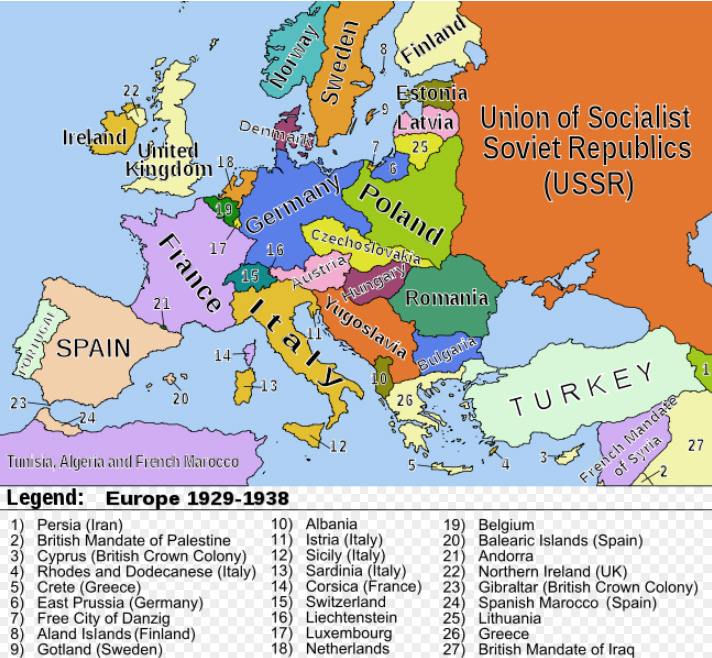
Map of Europe after the Second World War
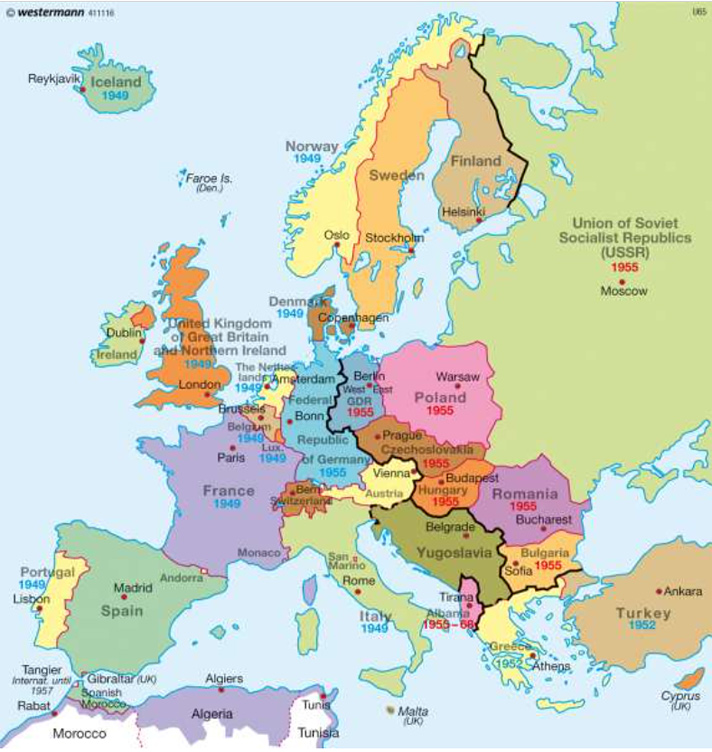
Task 1
The maps show the results of the war: border changes. Find and describe them.
Task 2
Imagine a person who lived in Breslau or in Brest Litovsk in 1938. What might have happened to him/her during and after the war. Present at least three scenarios.
Task 3
Which of the pictures presents not only results but also consequences of WWII? Justify your choice.
Dresden, partial view of the destroyed city centre across the Elbe towards Neustadt. In the centre of the picture the Neumarkt and the ruins of the Frauenkirche, 1945
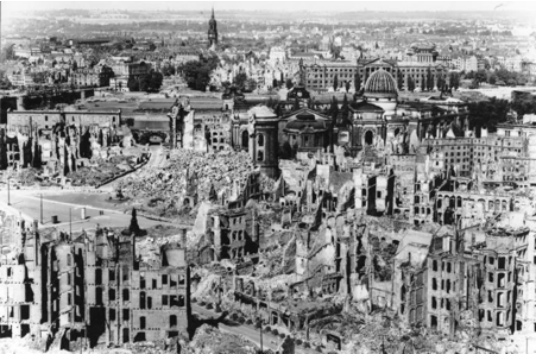
Fountain “Children’s dance” on the station square, Stalingrad, after the end of the battle, 1943
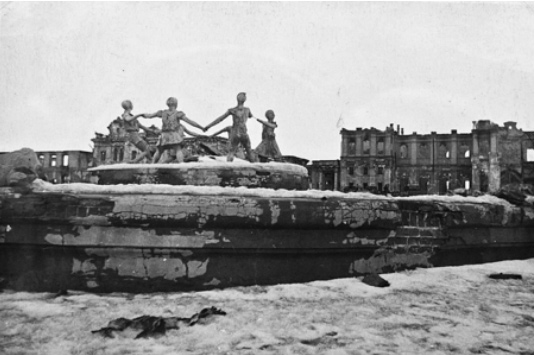
Ruins of Warsaw, 1945
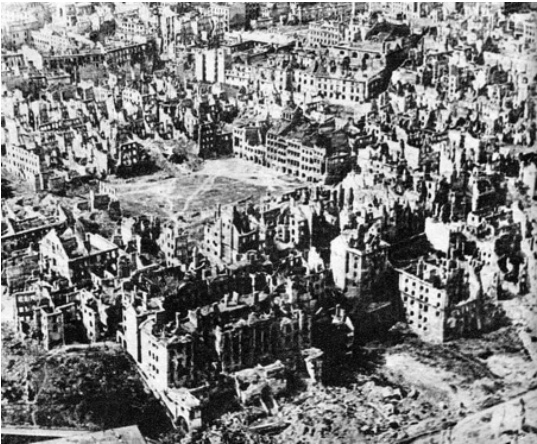
Krefeld: Hungerwinter demonstration, 1947
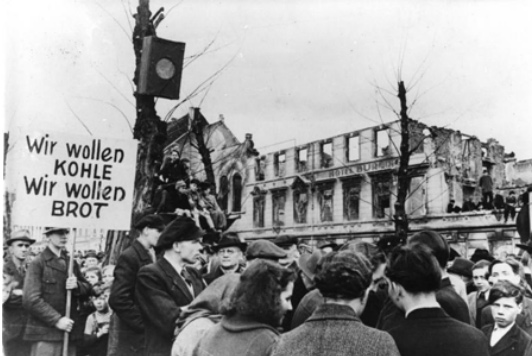
Minsk after the bombing, 1941
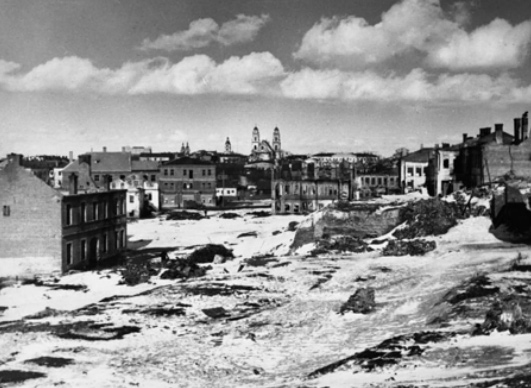
Breslau after the battle, 1945
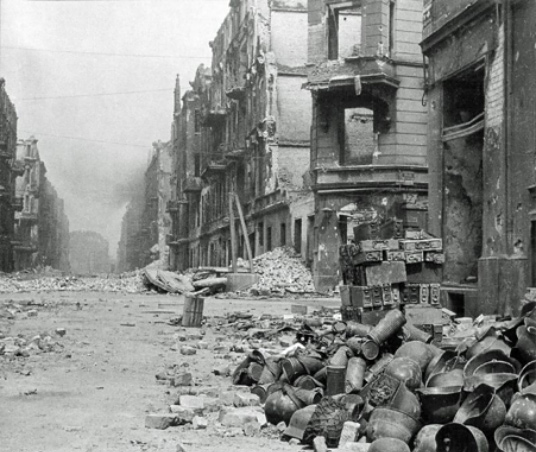
Group A
Maps of migrations
Discussing the possible post-war biographies of the inhabitants of Breslau and Brest, you have probably considered the possibility that they moved to other places within the new borders of their old countries: Germany or Poland respectively. Descendants of a family from Breslau might now live in Cologne; descendants of a family from Brest might now be in Wrocław (i.e. pre-war Breslau). There were also other processes that resulted in postwar migrations: political decisions of the Big Three (Roosevelt, Churchill and Stalin), of the post-war governments, of individuals who did not want to follow those decisions etc.
Analyze the maps that show some of the post-war migration processes.
Post-war flight and expulsion to Germany

Life Magazine, May 1945. 9,000,000 displaced foreigners leave Germany
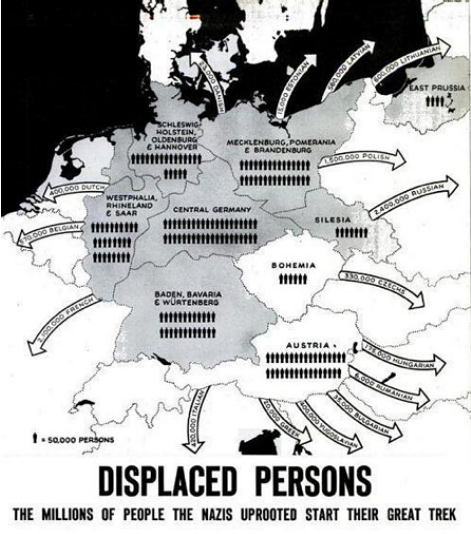
To USA

Migration on the Polish territories in 1944-1949
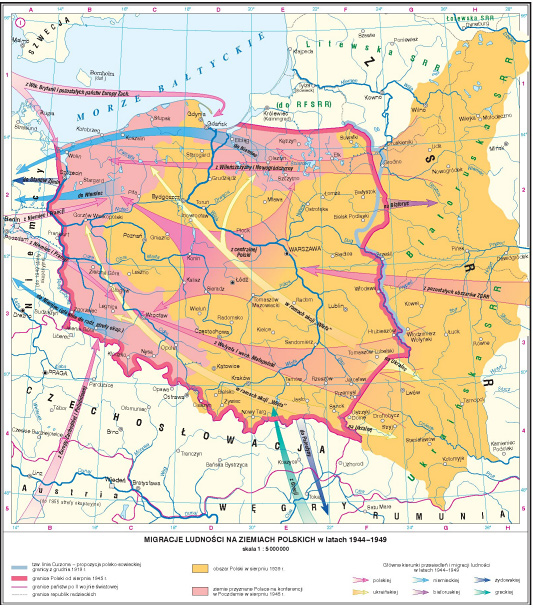
- Who created each of the sources? Whose point of view do they represent?
How do you recognize it? - How are the migrations indicated on the map? What aspects of the migrations
are visible? - Which aspects are not visible? Or: what would you need to learn from other sources
to fully understand the maps? - What is each of the sources trying to tell us, besides just presenting statistical data?
-> Provide three arguments supporting the claim that limited ethnic diversity was one of the consequences of the Second World War in Europe.
-> Brainstorm on other potential long-term consequences of the post-WWII mass migration flows. Provide at least three such consequences and justify your claims.
Group B
Populations: demographic statistics
Population pyramid is a form of presentation of the population of a given country (or area) distributed by age and gender at a given point in time. “A natural” pyramid is broadest at the bottom, with an almost symmetrical distribution of males and females (boys and girls aged 0-10), and gradually narrowing in older age groups. For biological reasons, there are usually slightly more boys than girls and slightly more older women than men. However, historic events, such as wars, migrations, epidemics and others may “remove” (or sometimes “add”) population in certain age or gender groups.
It is estimated that about 75 million people died in the Second World War, including about 20 million soldiers.
Indicate how this result is reflected in the population pyramids of selected countries of the following years: 1950, 1960 and 1980.
-> Provide three arguments supporting the claim that even though the majority of the victims of the Second World War were civilians, the share of military victims is clearly reflected in population pyramids.
-> Trace the generation of the post-war “baby-boomers” in the pyramids.
How can we use the pyramids as a proof of the argument that the generation of “baby-boomers” is one of the consequences of World War II?
-> Find two other short- and two other long-term consequences of WWII on the population of the country you are analyzing.
Group C
Economy: GDP statistics

Data for other countries can be quite easily generated.
Gross Domestic Product indicates the cost of all the products manufactured and services bought in a certain country in a certain period (often a particular year).
GDP per Capita is calculated by dividing GDP by the number of inhabitants of the area in question. This way, we can compare (with some reservations) the material situation of people living in larger and smaller countries.
The graph shows the changes in GDP per capita in selected countries before, during, and after the Second World War. Please notice that some data for the war period are missing.
- When could the German population start “feeling” the economic hardships of the war?
- When did post-war reconstruction start in Germany, Italy, the Netherlands?
- How much time did it take the Netherlands to restore the material status of its citizens?
- What about Germany?
- How was the situation of the USA and UK different?
- How is the “iron curtain” and division of Europe into “East” and “West” reflected on the graph?
- Provide three arguments supporting the claim that economic consequences of the Second World War were tougher in Eastern Europe than in the West.
Summary
Presentation of the findings of each group, focusing on the summarizing points underlined in each group’s tasks.
- Additional task. Using the sources analyzed by Group A-C answer the questions: Why did many Eastern European Displaced Persons choose to settle down in the United States after World War II?
- Should we use the provided indicators of GDP per Capita despite the fact that they do not take into consideration border changes and migrations?
Human stories behind the statistics
The experiences and consequences of the war have inspired writers and poems from various countries. Match the excerpts from post-war poems with one of the issues represented by a group of sources analyzed in this lesson:
- Photographs: Ruins
- Maps: Border changes
- Maps and diagrams: Migrations
- Charts: Population pyramids
- Chart: GDP per Capita
-
Tomas Venclova, South of Prospect (fragment)
It’s off to the side, a quiet spot, having changed its name
that was written in so many tongues. The locus amoenus
of my youth sat between a brewery, wet gateways, scarred plaster
and a monument that they threaten, every decade, to remove.
The same roads to school as before the war – another country.
The February sun wastes itself on walls just as it did back then.Source: Vilnius Review, http://vilniusreview.com/poetry/211-tomas-venclova
-
Czesław Miłosz, And the city stood in its brightness (fragment)
And the city stood in its brightness when years later I returned,
My face covered with a coat though now no one was left
Of those who could have remembered my debts never paid,
My shames not eternal, base deeds to be forgiven.
And the city stood in its brightness when years later I returned.«And the City Stood in Its Brightness» 1963, translated by the author and Robert Hass
Source: Classic Poetry Series, https://www.poemhunter.com/i/ebooks/pdf/czeslaw_milosz_2013_12.pdf
-
Nikolai Mayorov, We are not blessed
We are not blessed to rot under gravestones –
To lie all stretched, – having half-opened graves,
We hear guns’ roar from the battle’s place
The regimental trumpet’s coarse wails
From the highroads that were our own.
We know all field manuals by heart.
What’s death to us? We’re higher than death here.
In our graves we’re in arrays, advanced,
Wait for a sign to go in a fight
And let all know that the dead do hear
The offspring’s talk of them and their past.1942
Translated by Yevgeny BonverSource: Poetry Lovers Page, https://www.poetryloverspage.com/yevgeny/miscellaneous/mayorov/we_are_not_blessed.html
-
Maja Trochimczyk, Slicing the Bread
Her mother’s hunger. One huge pot of hot water
with some chopped weeds –komesa, lebioda–
she taught her to recognize their leaves,
just in case – plus a spoonful of flour
for flavor. Lunch for twenty people
crammed into a two-bedroom house.The spring was the worst–flowers, birdsong,
and nothing to eat. You had to wait
for the rye and potatoes to grow. The pantry
was empty. She was hungry. Always hungry.
She ate raw wheat sometimes. Too green,
The kernels she chewed –still milky –made her sick.Thirty years after the war,
her mother stashed paper bags with sliced, dried bread
on top shelves in her Warsaw kitchen.
Twenty, thirty bags... enough food for a month.
Don’t ever throw any bread away, her mother said.
Remember, war is hunger. [...]2014
Source: Writing the Polish Diaspora: Slicing the bread by Maja Trochimczyk, http://writingpolishdiaspora.blogspot.com/2014/07/slicing-bread-by-maja-trochimczyk.html
-
Gyula Illyés (1902–1983), Horror (fragment)
[...] Like Moses’ bushes, burning,
each shell, with rapid shriek,
burst, screaming something –
God or Fate tried to speak.In the icy snow of the street
I saw a human head,
a bas-relief trampled flat
by some inhuman tread.I saw a baby, still blind,
close to its dead mother:
not milk to suck but blood,
blood not wool for cover.The baby raised its bloody face
and cried out to the dead.
His mother was –, this very place;
himself – the years ahead.1945
Translated by Anthony EdkinsSource: Classic Hungarian Poems of the Second World War - Hungarian Review, www.hungarianreview.com/article/20150114_classic_hungarian_poems_of_the_second_world_war?fbclid=IwAR3yGSmJOsQ4bB9xa7WWAxQzOU6-47dj6xPGOEyNMkwUDRbxbZhwKEwfOzE
Populations: demographic statistics
1950
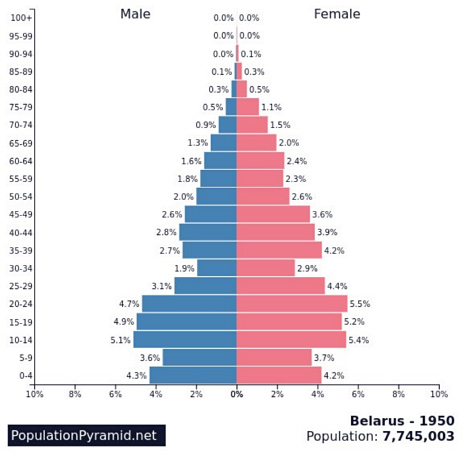
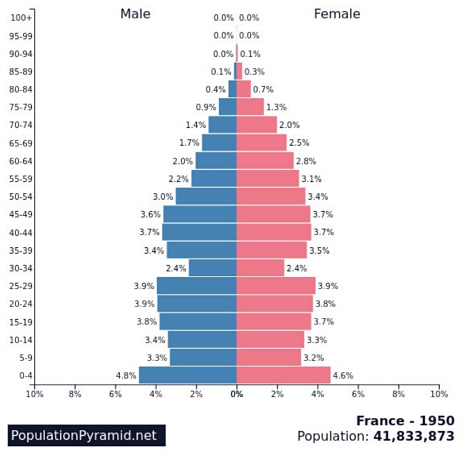
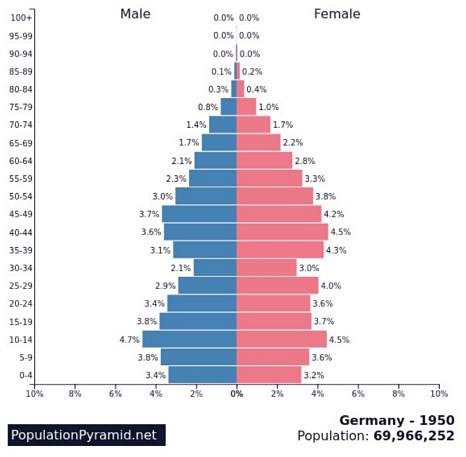
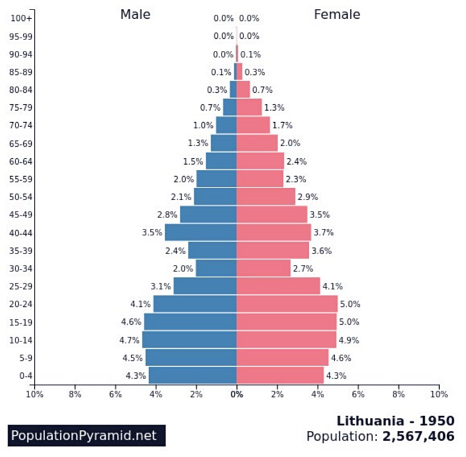


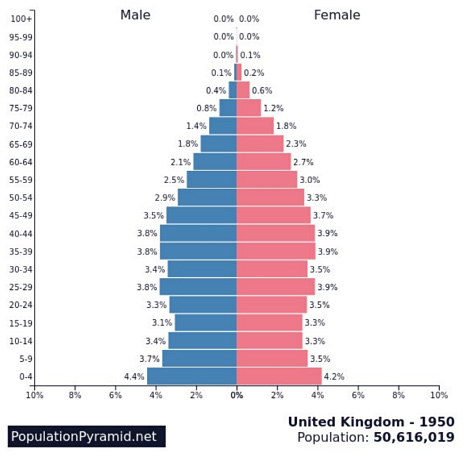
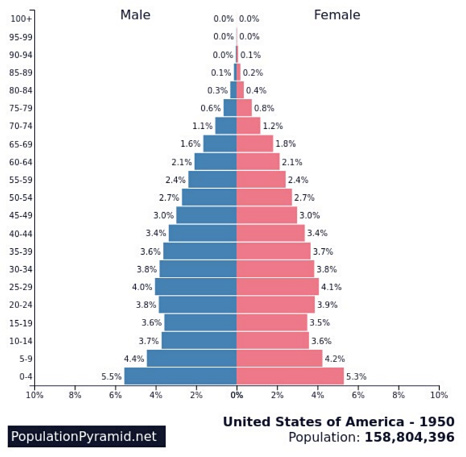
1960
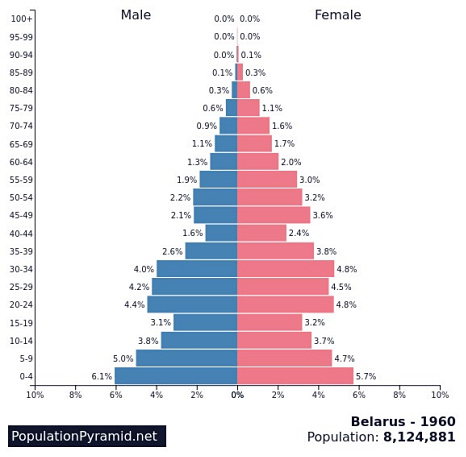
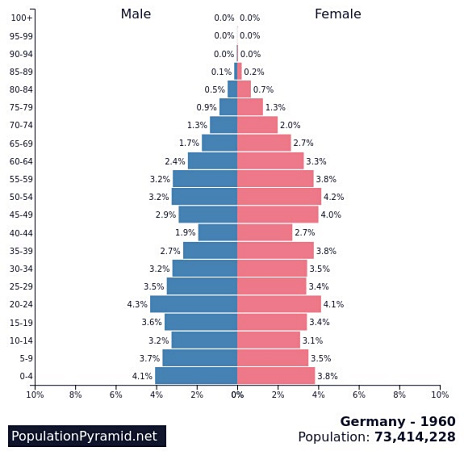



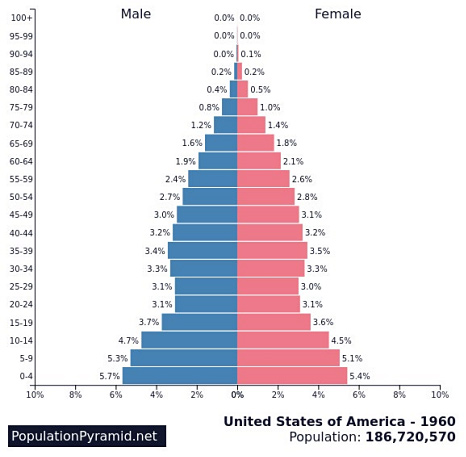
1980
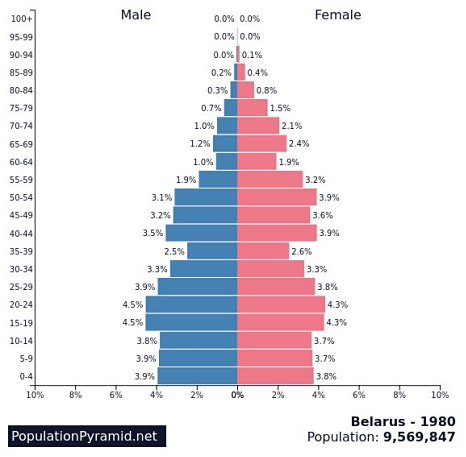
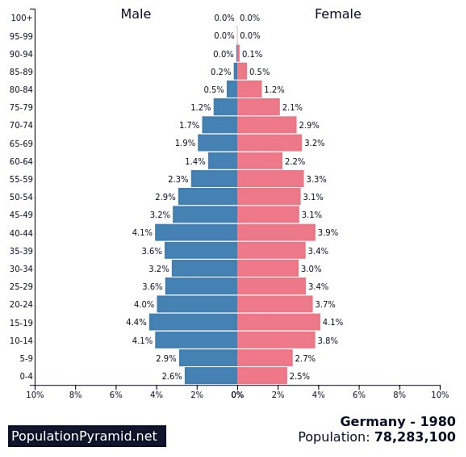
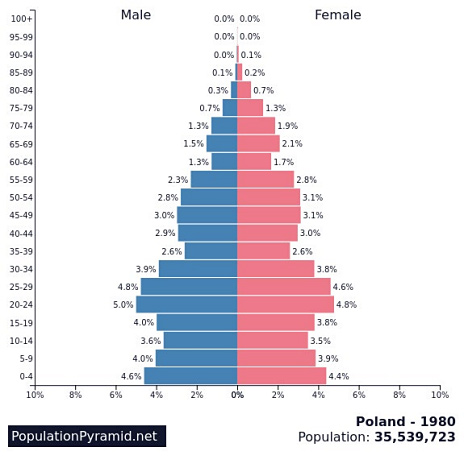
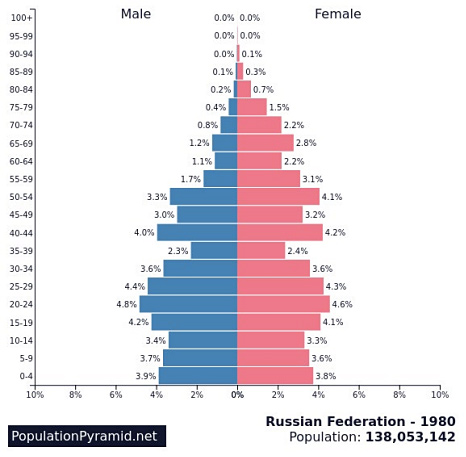
Other Lesson Materials
The beginning and end of World War II
Children in World War II
Remembrance and memorialisation of World War II in different countries
Young people and forced labour during World War II
Border changes resulting from World War II
Video: Clash of Memories